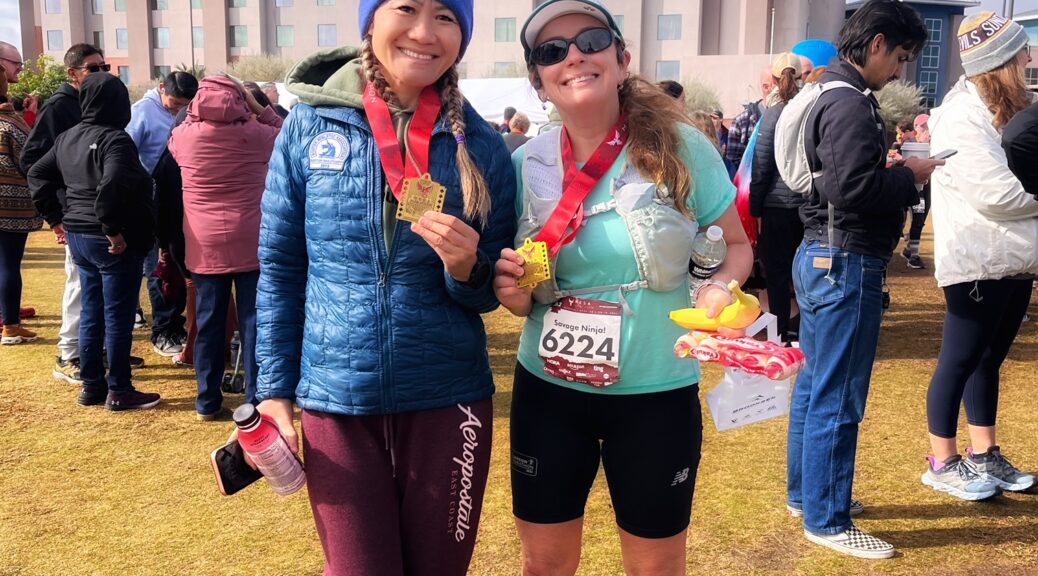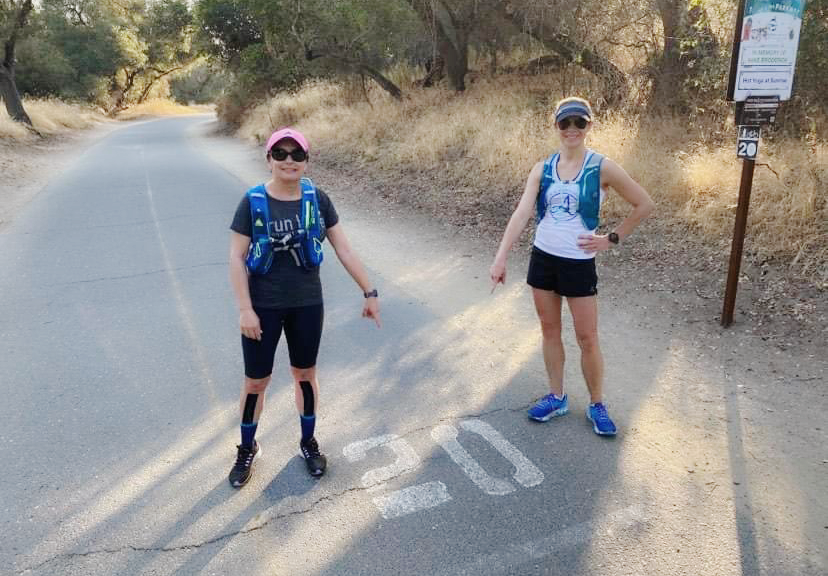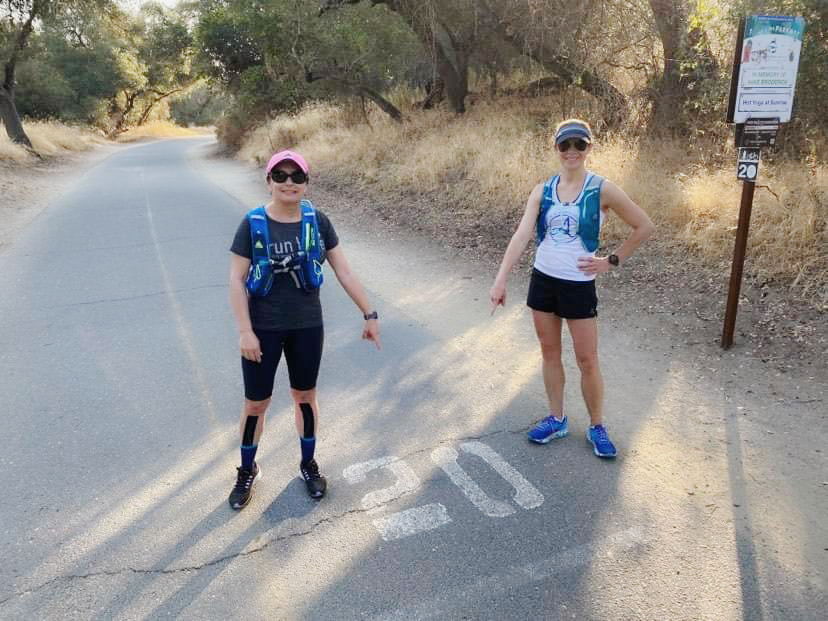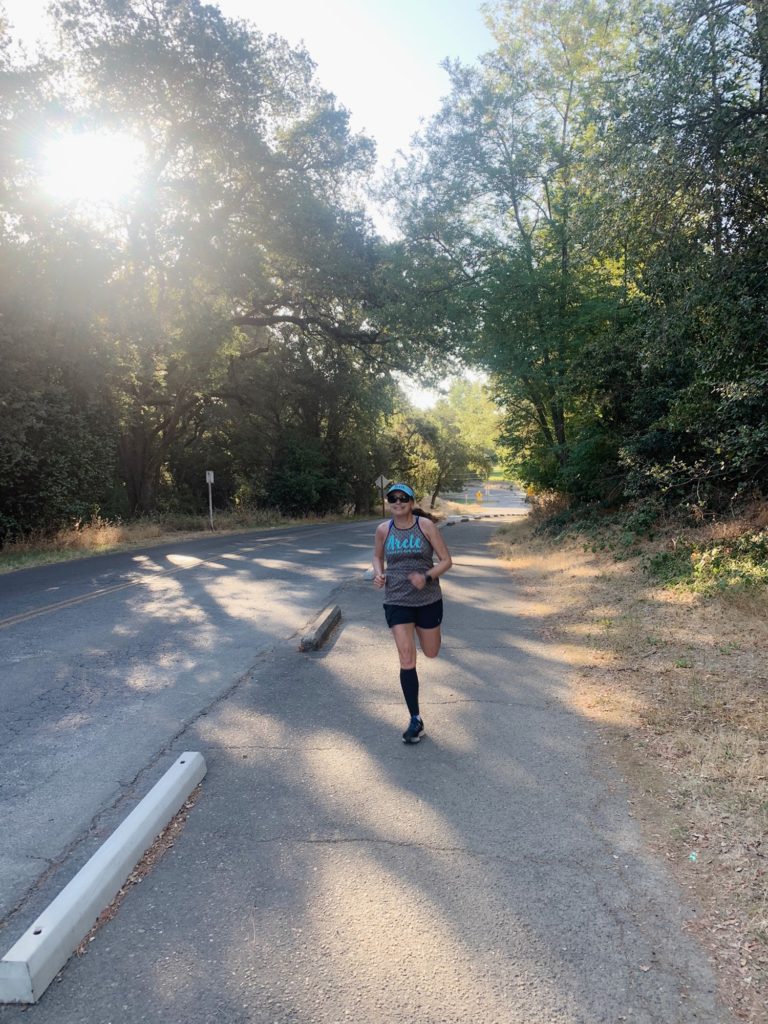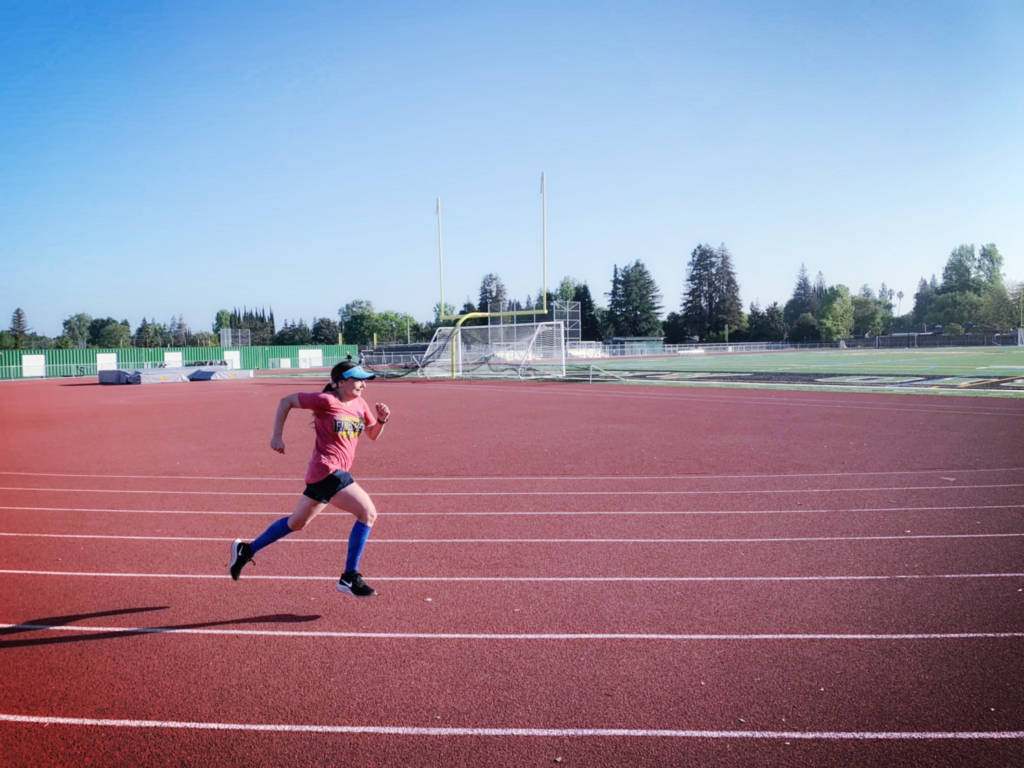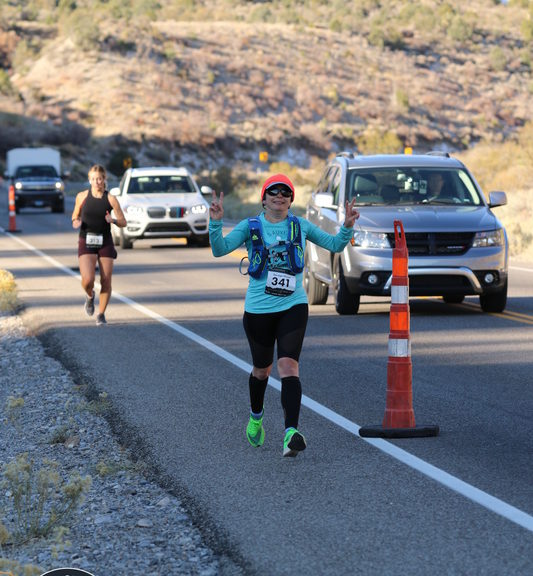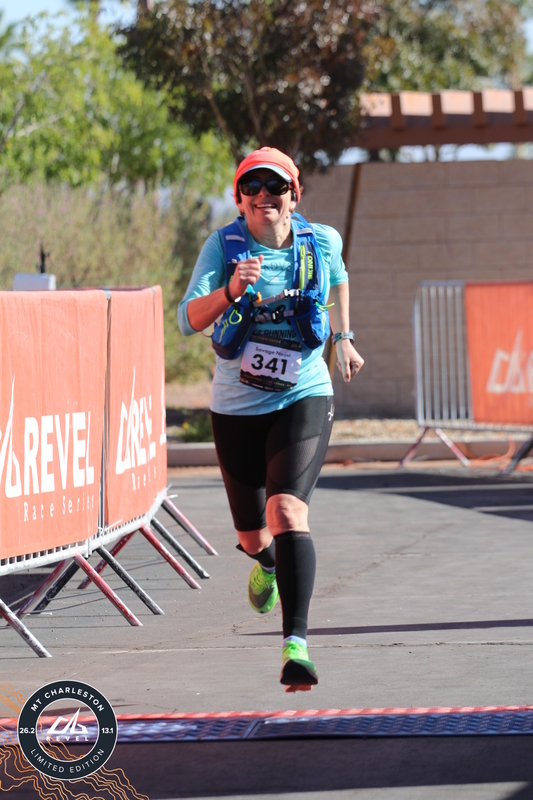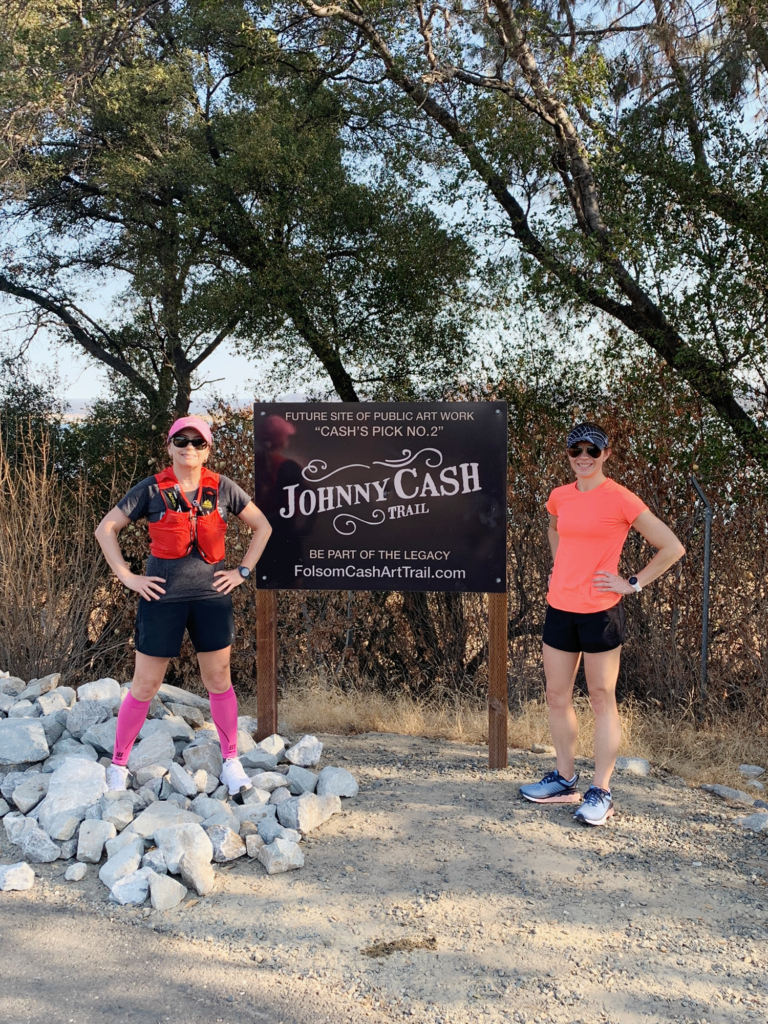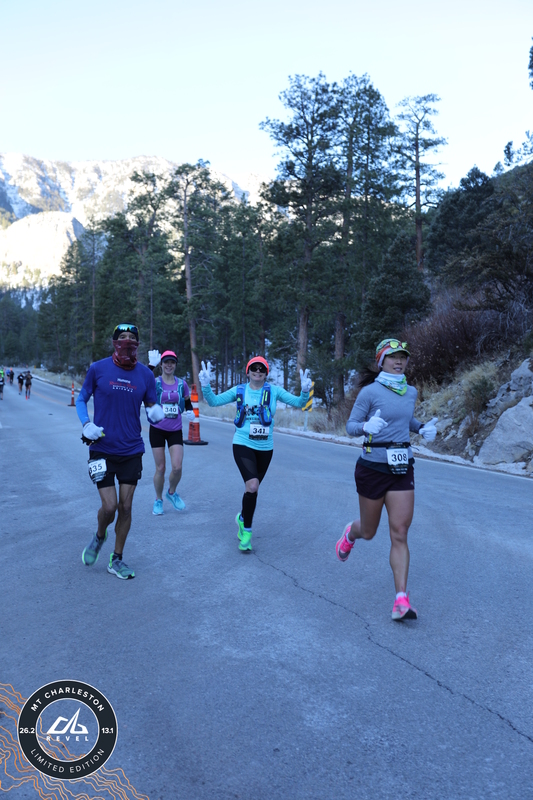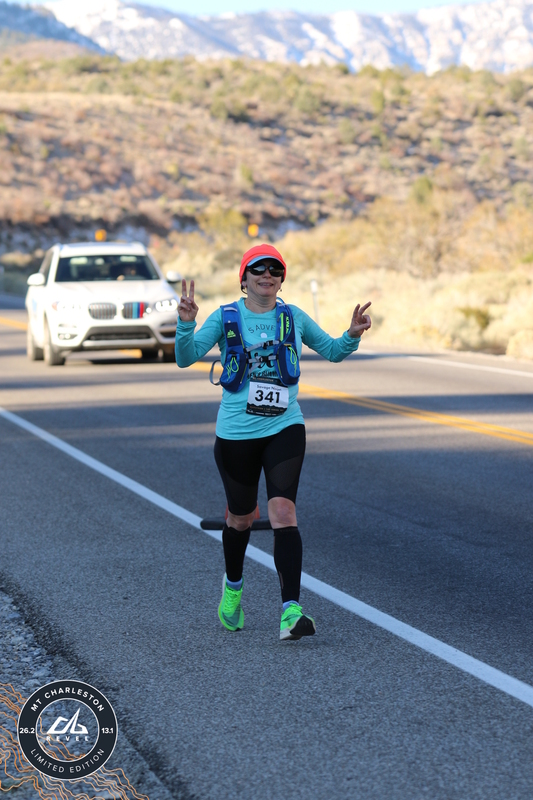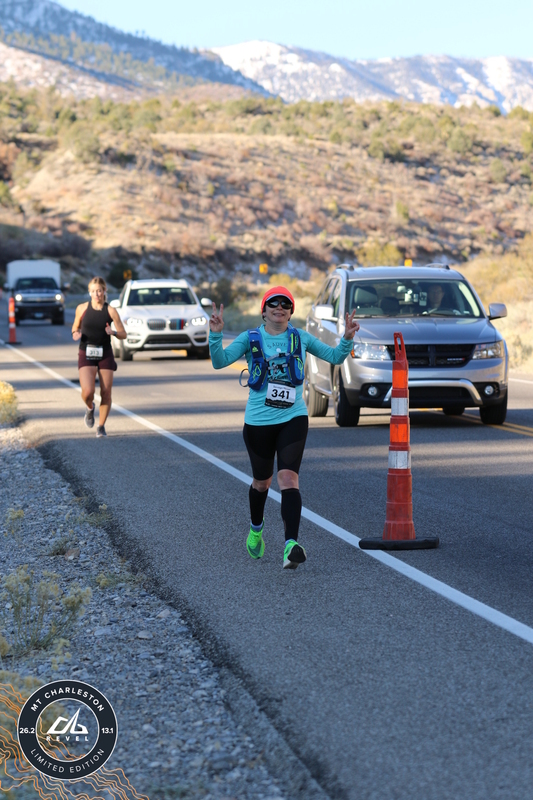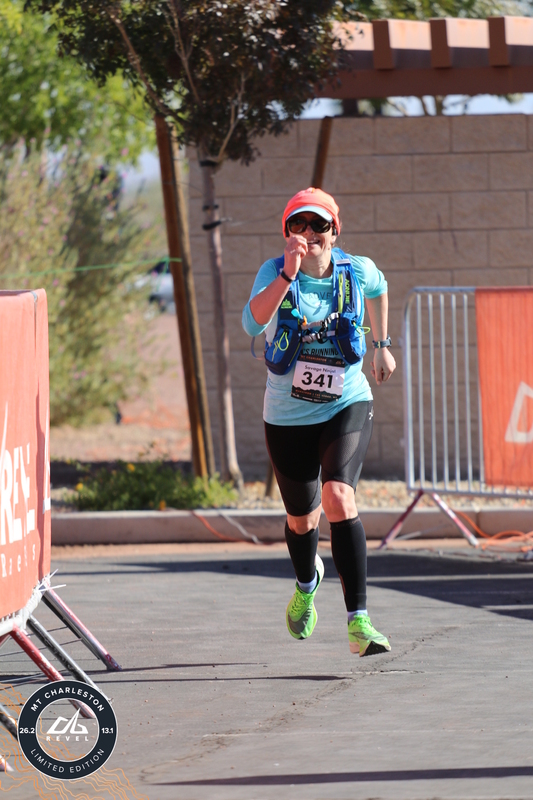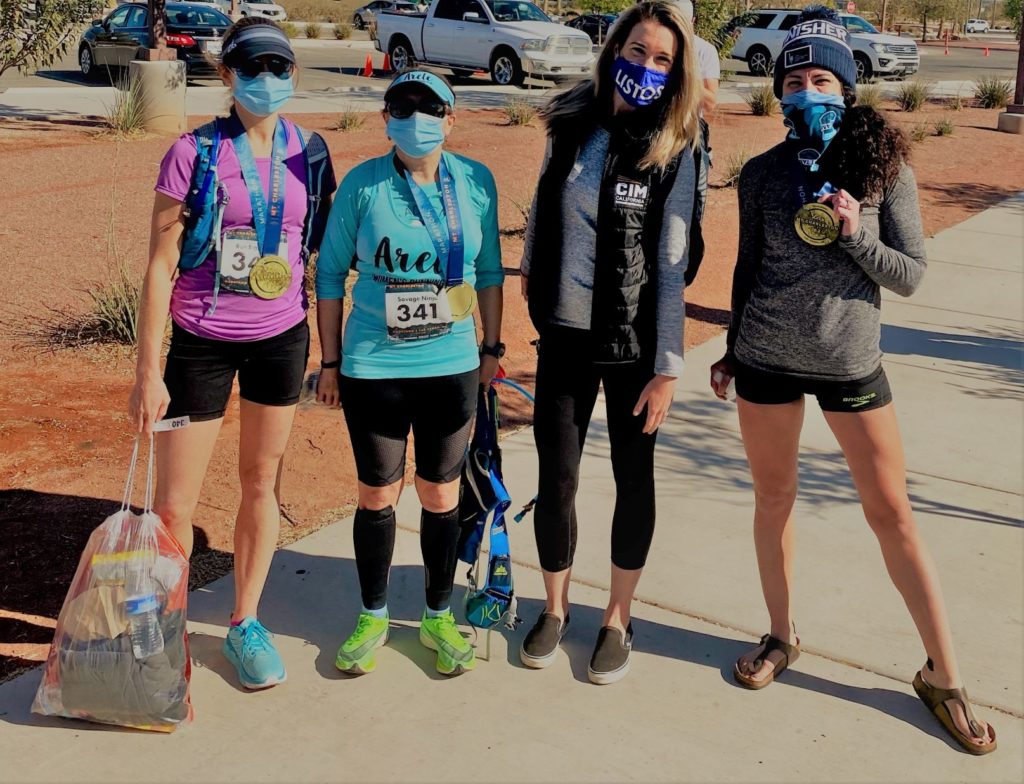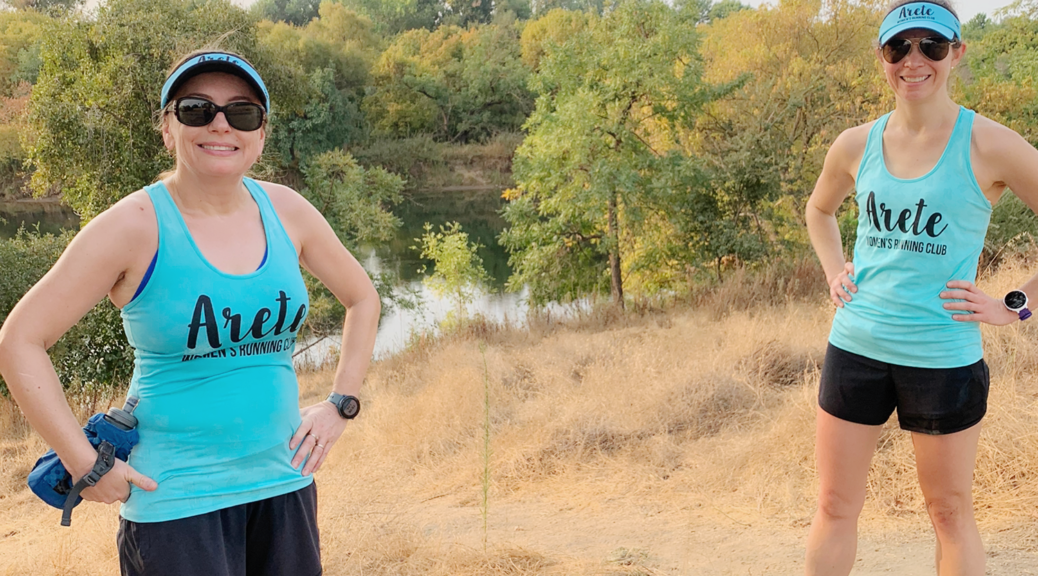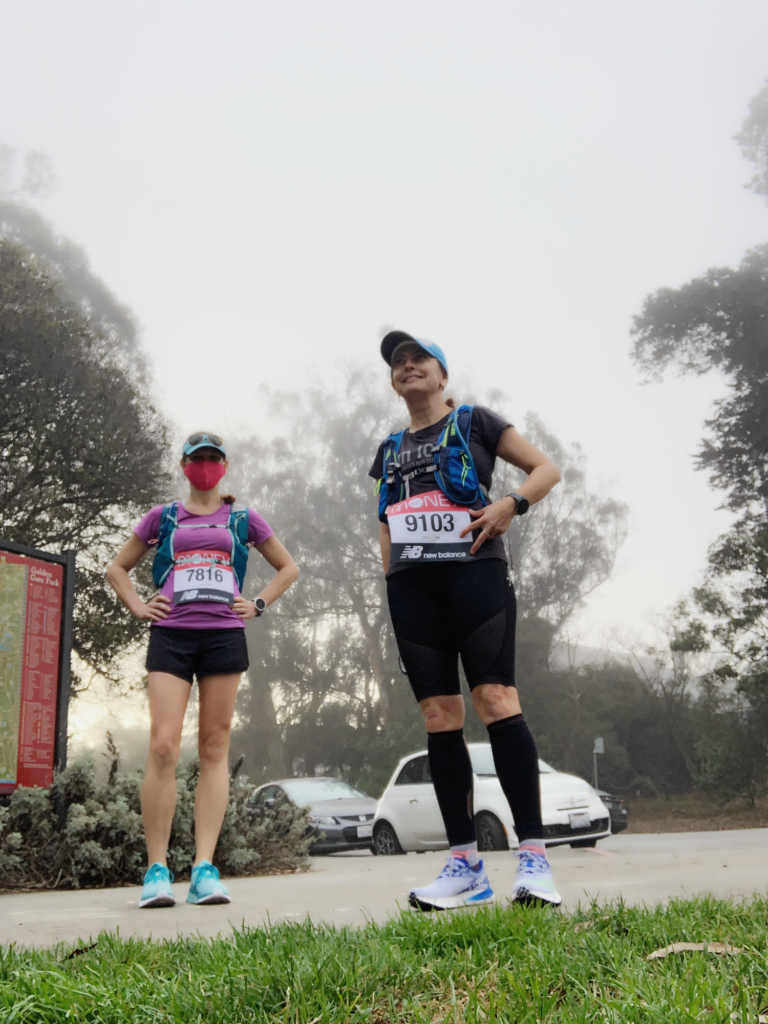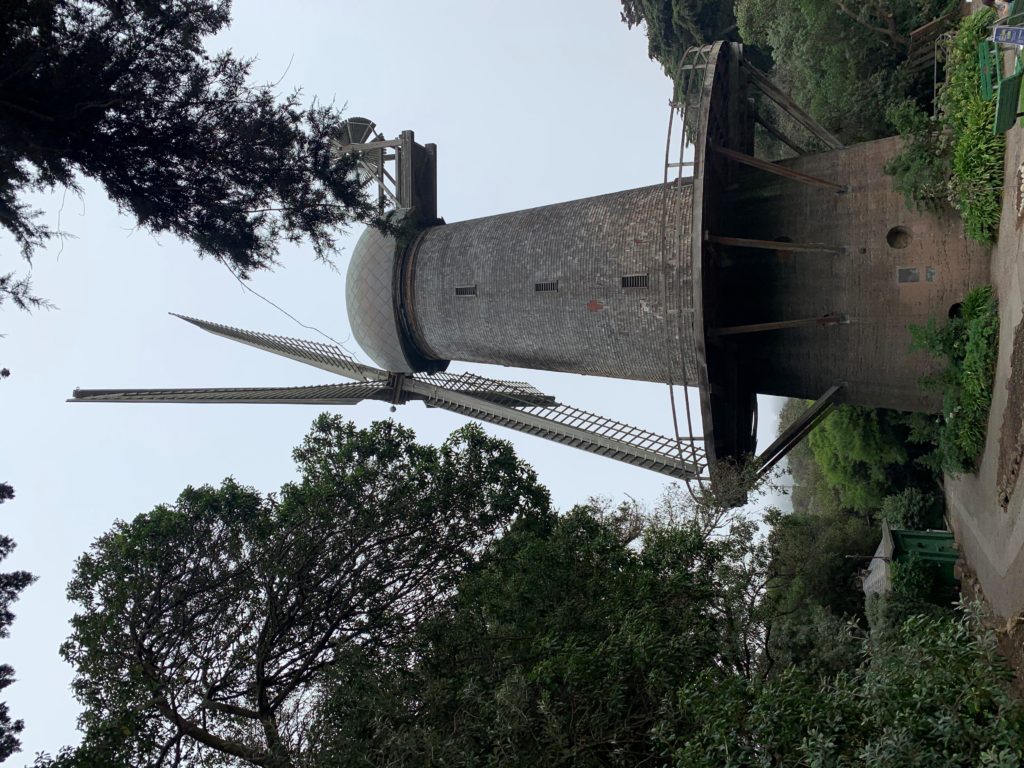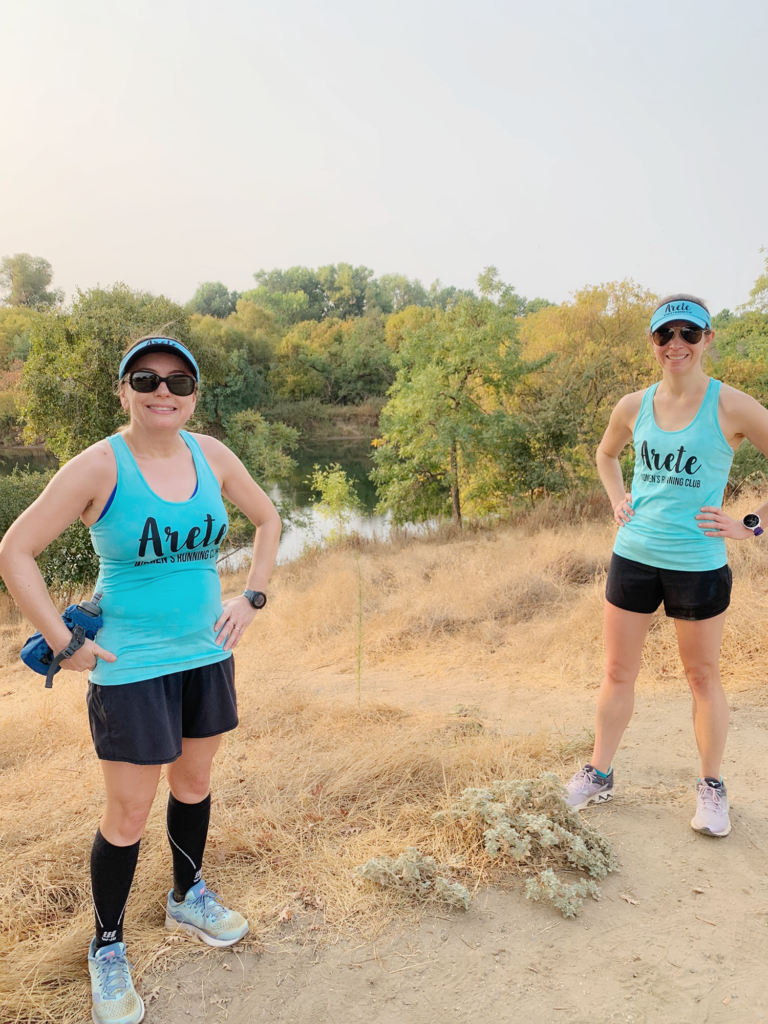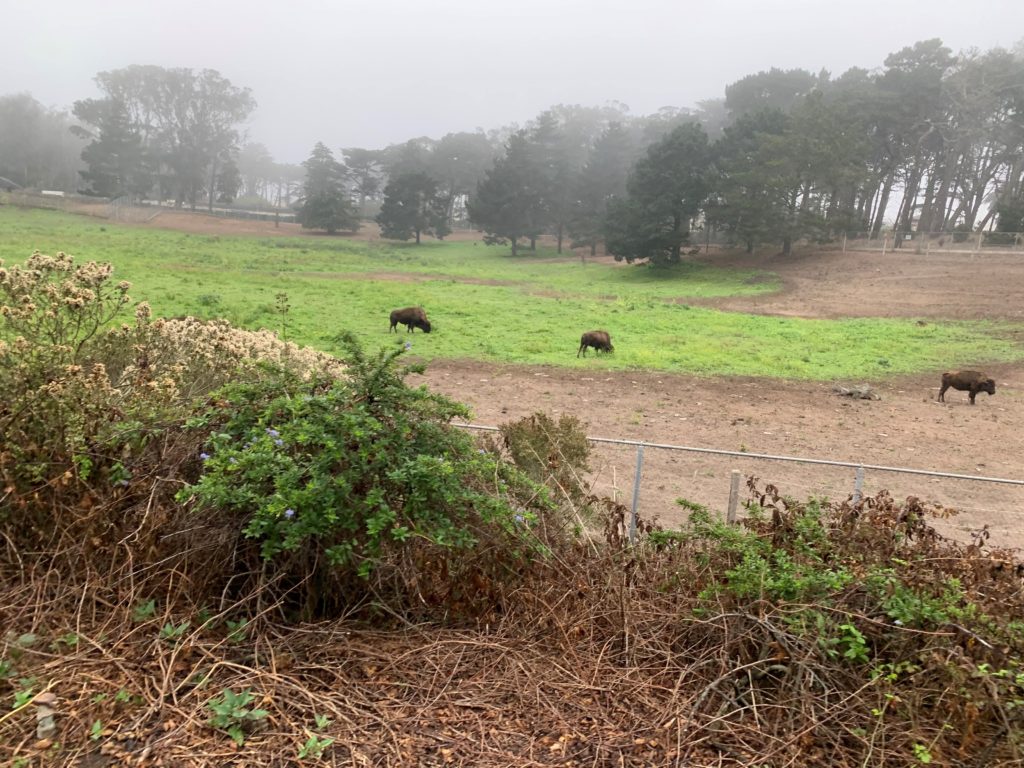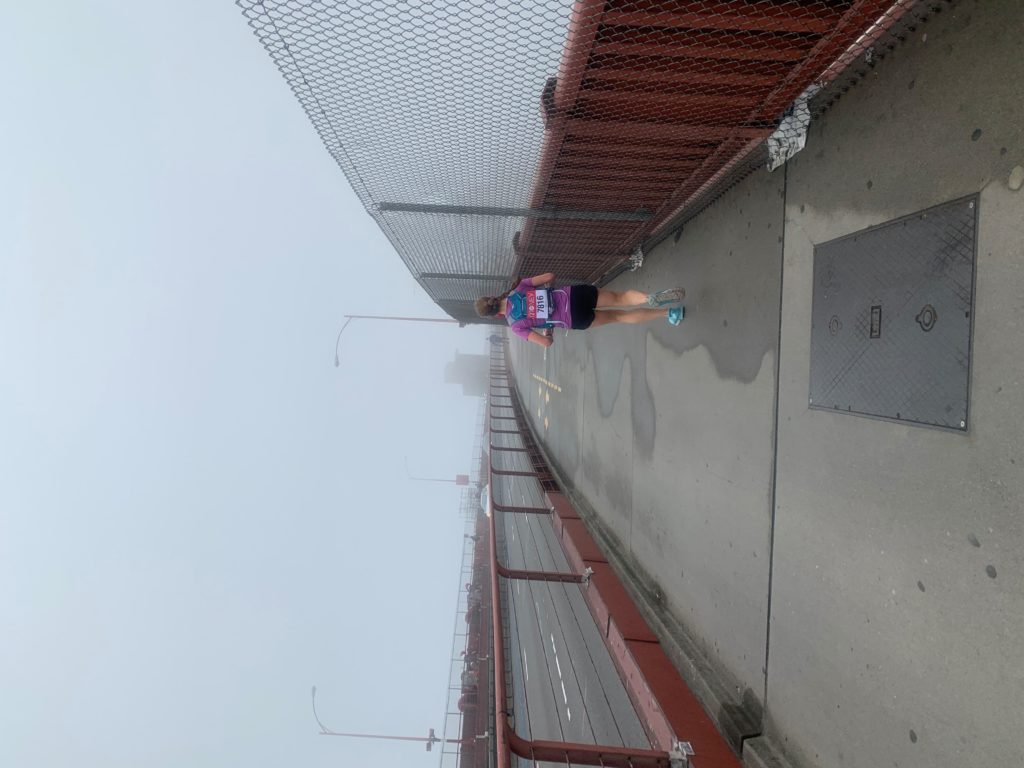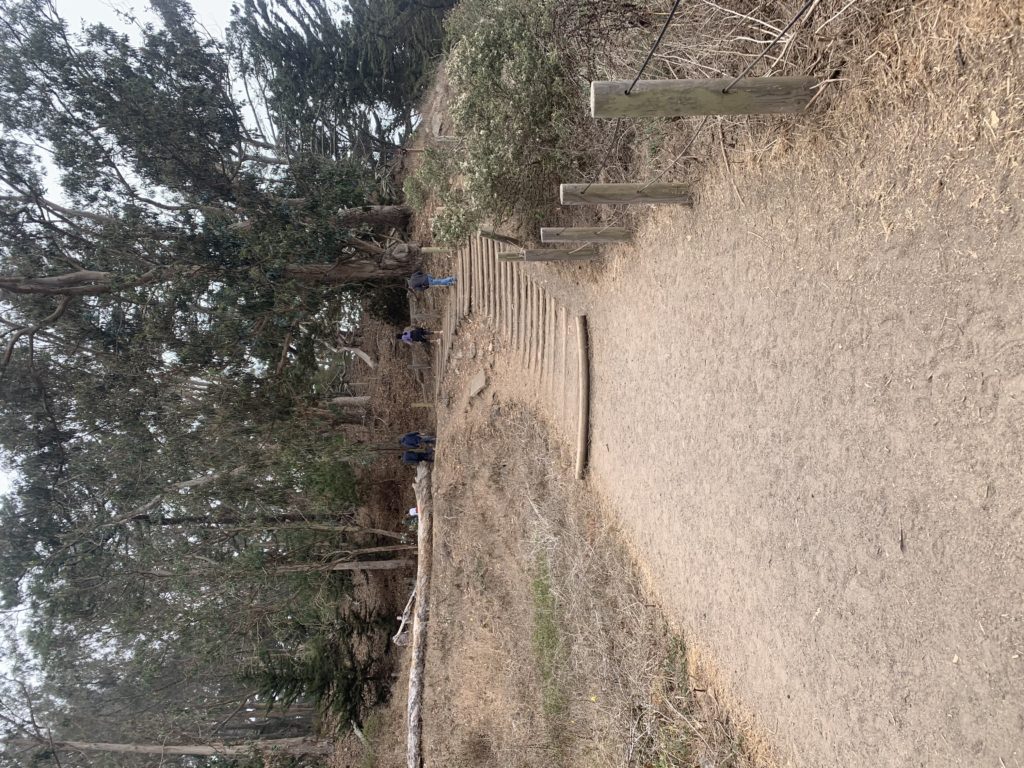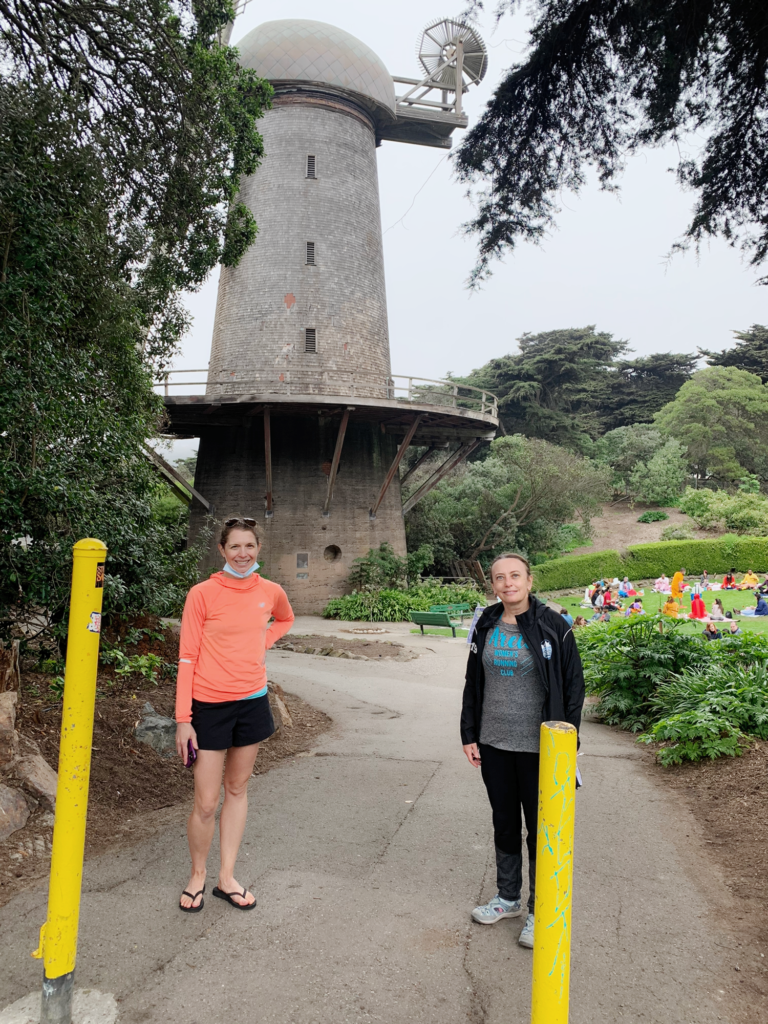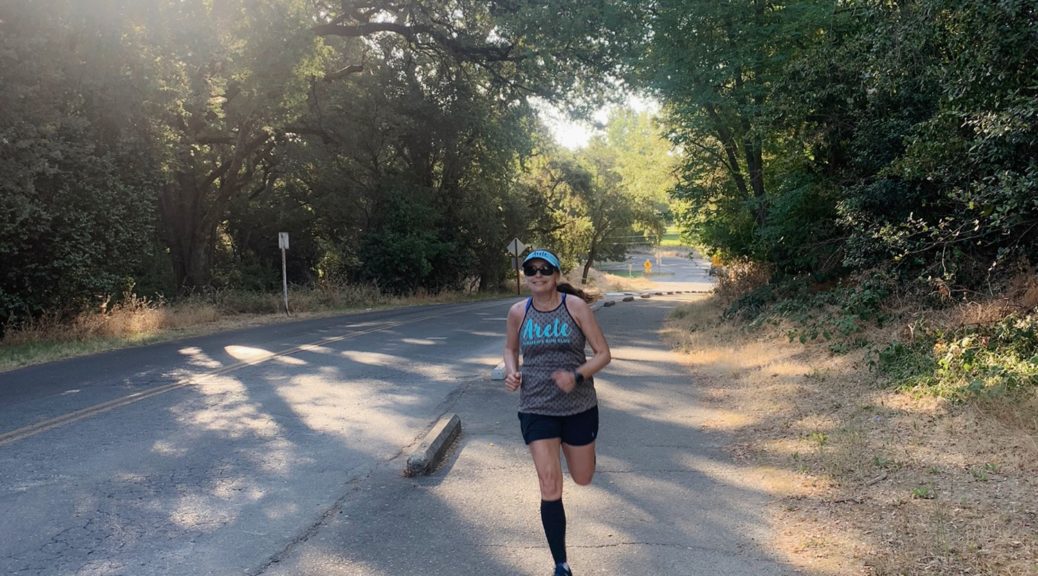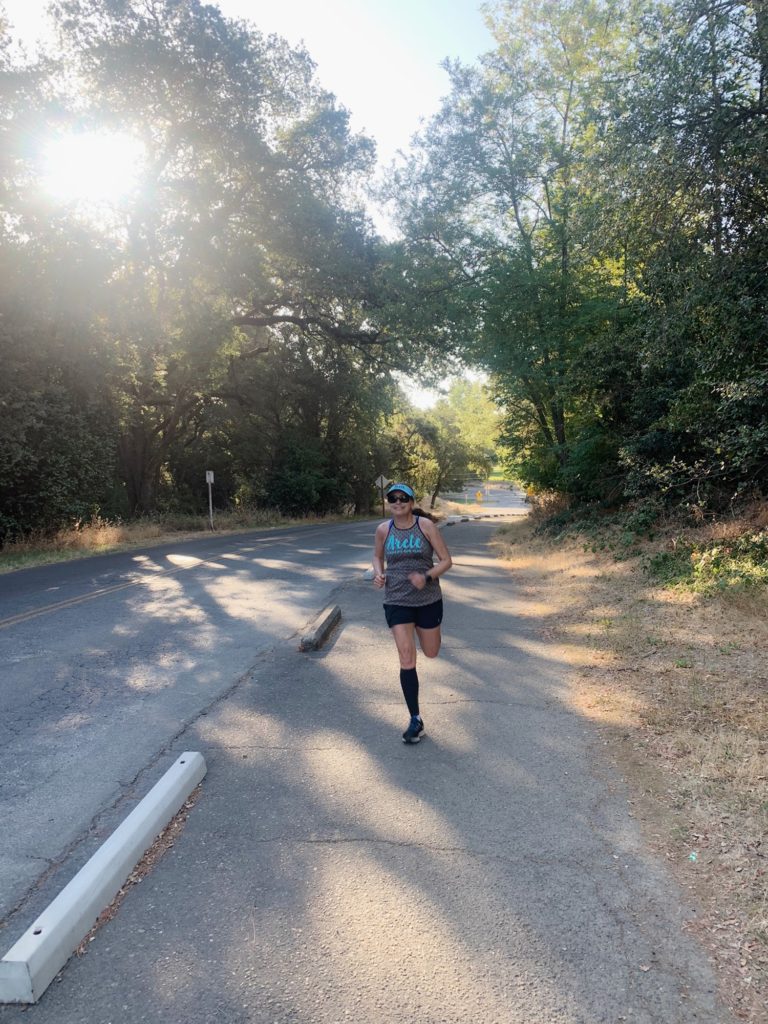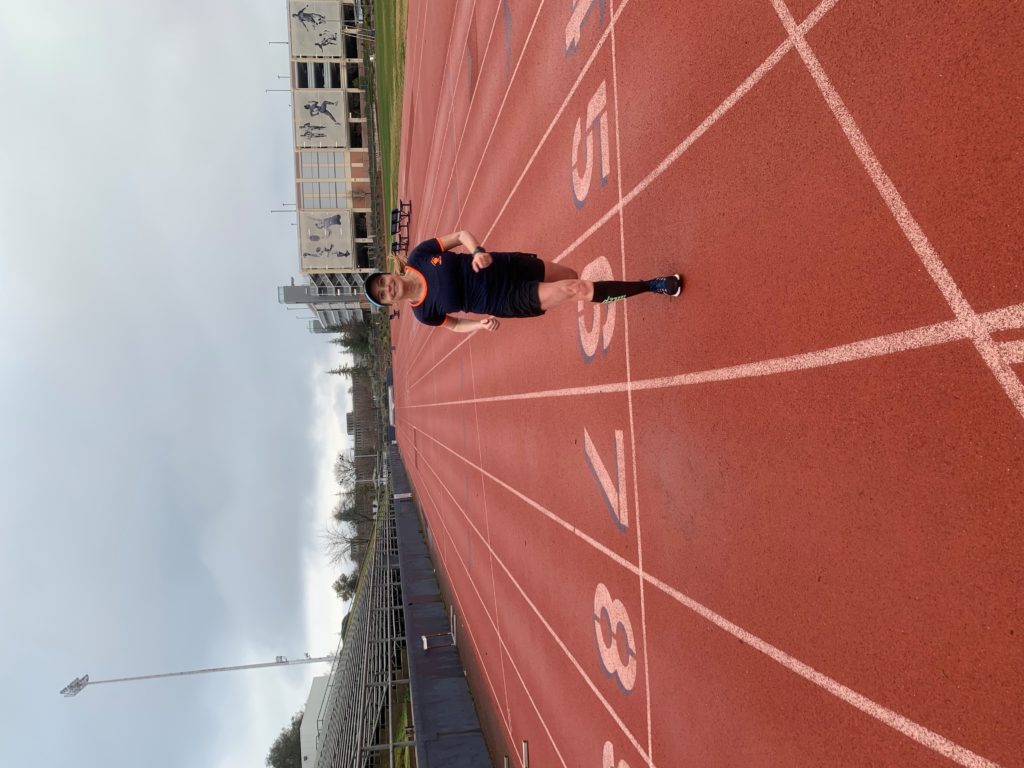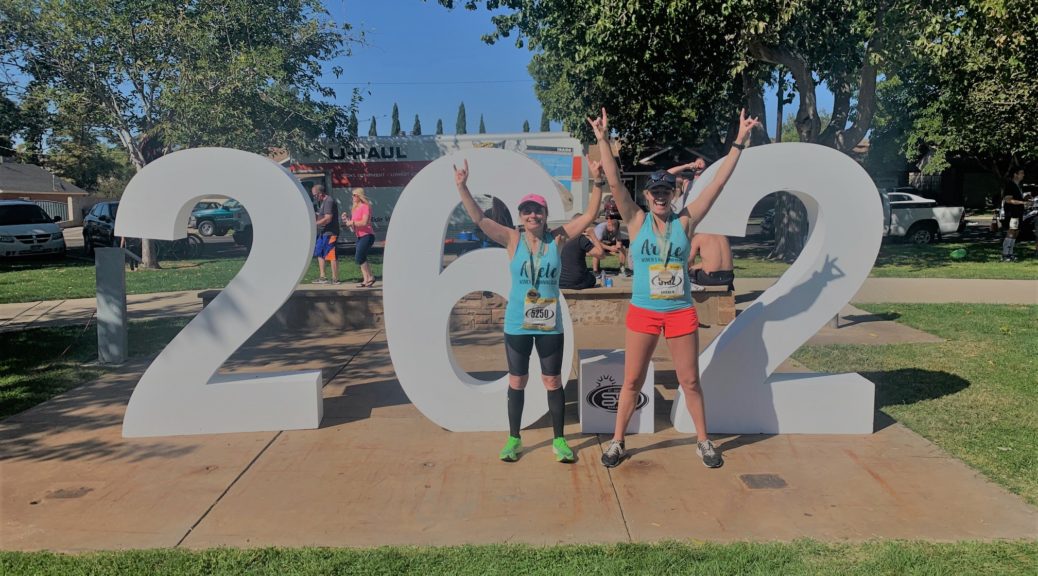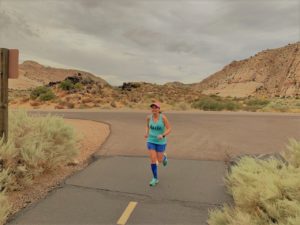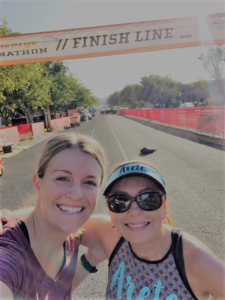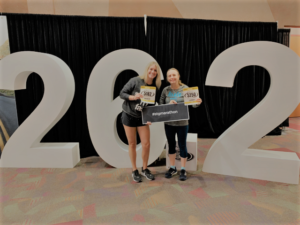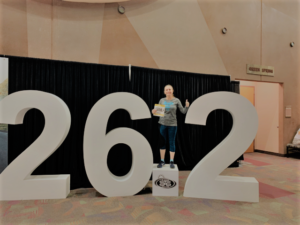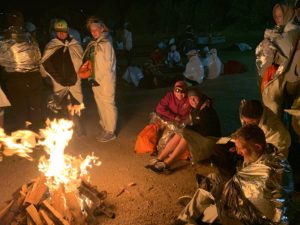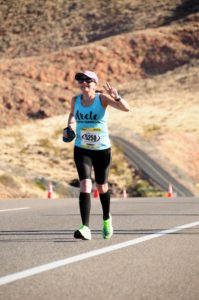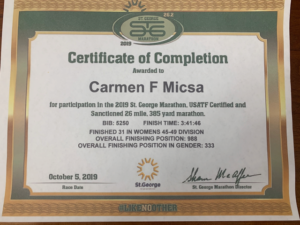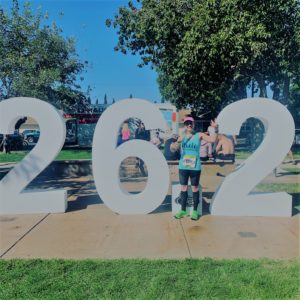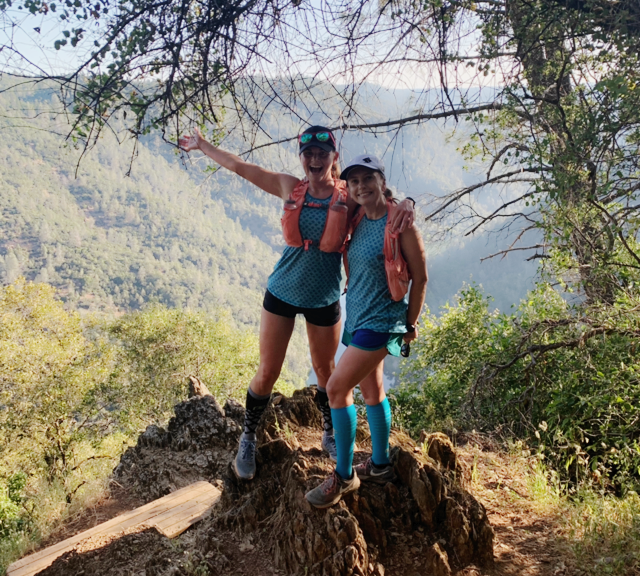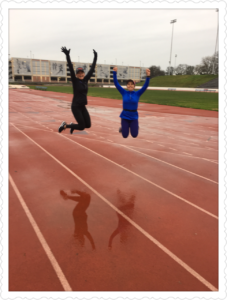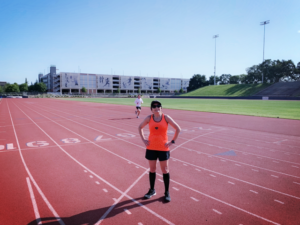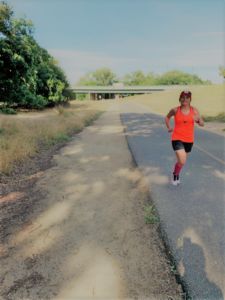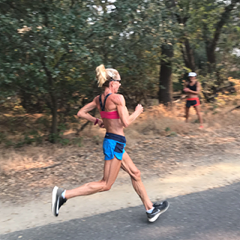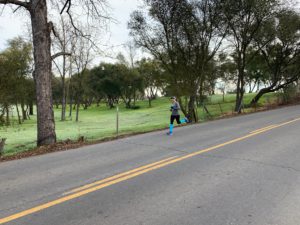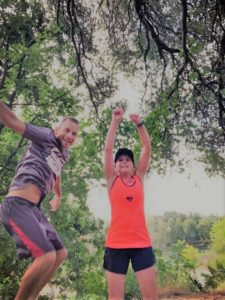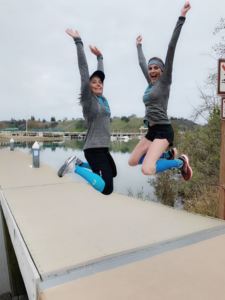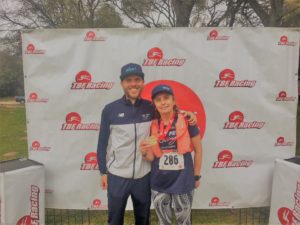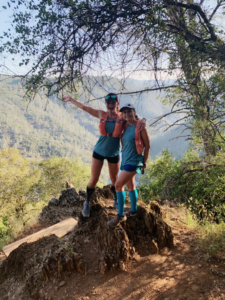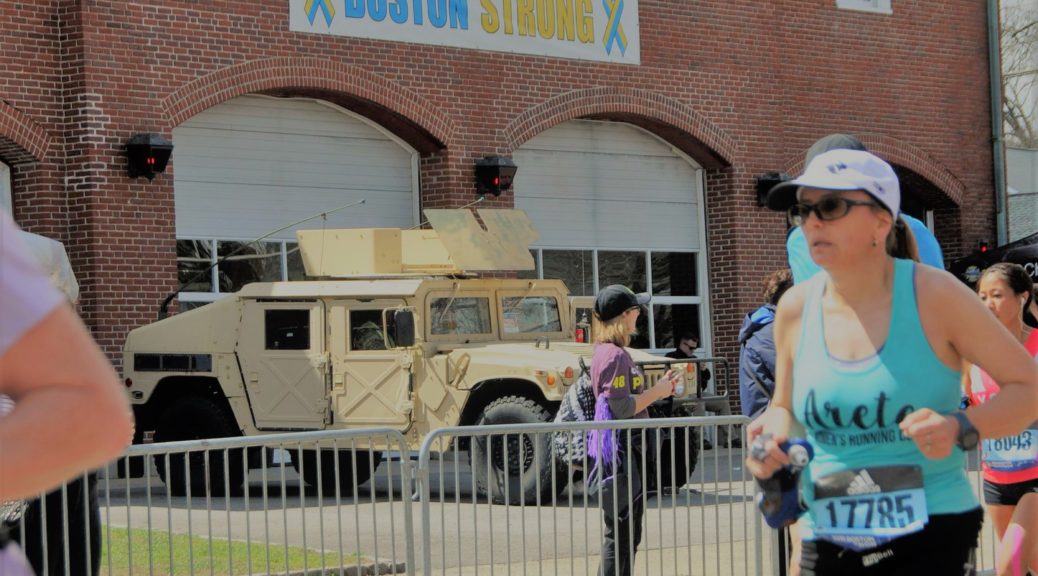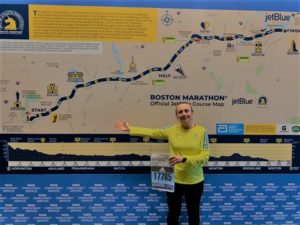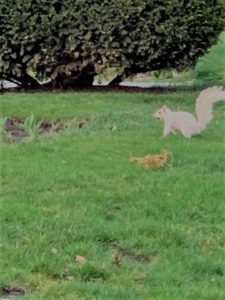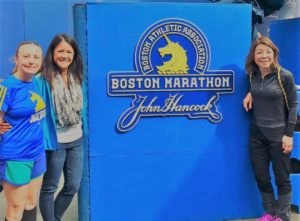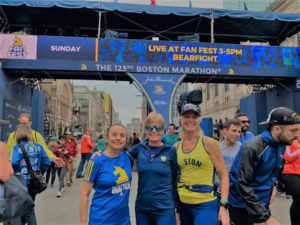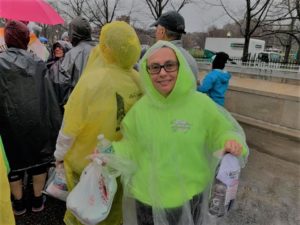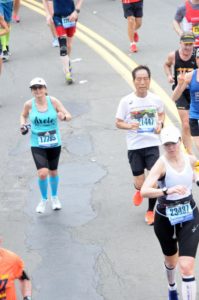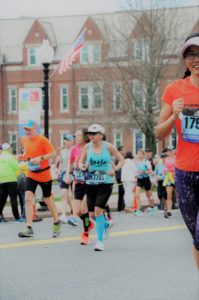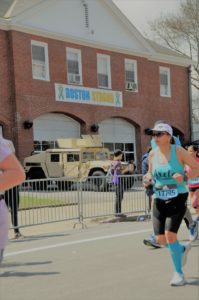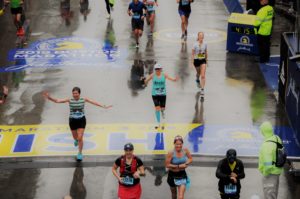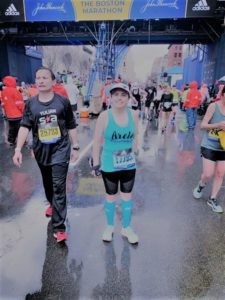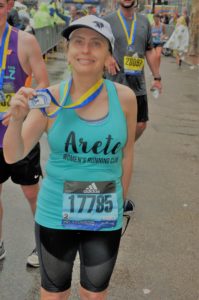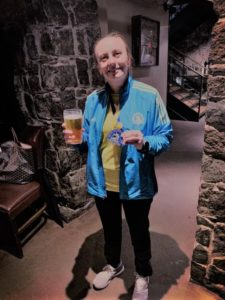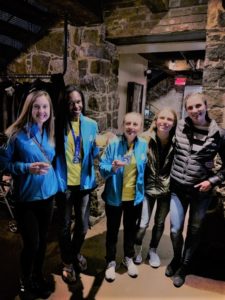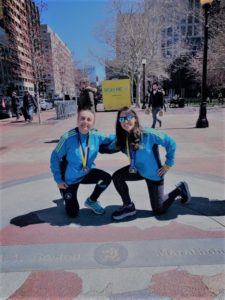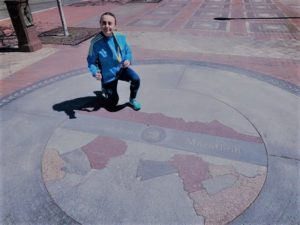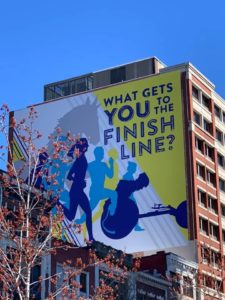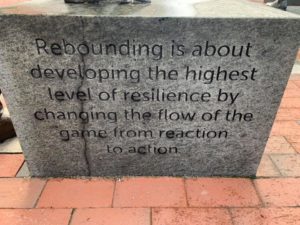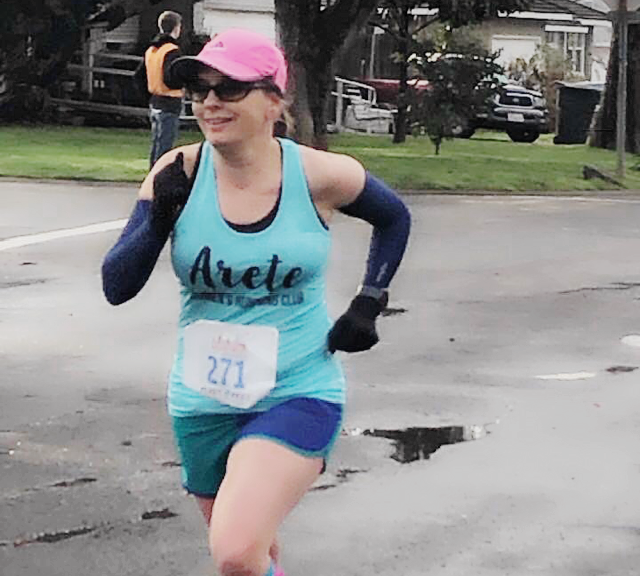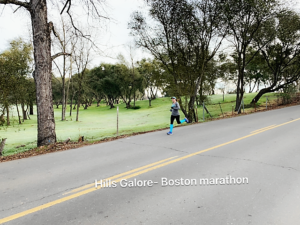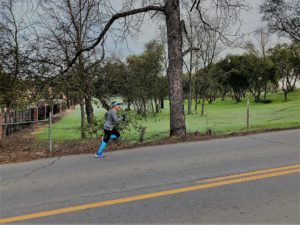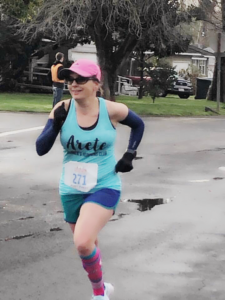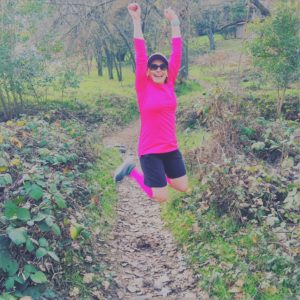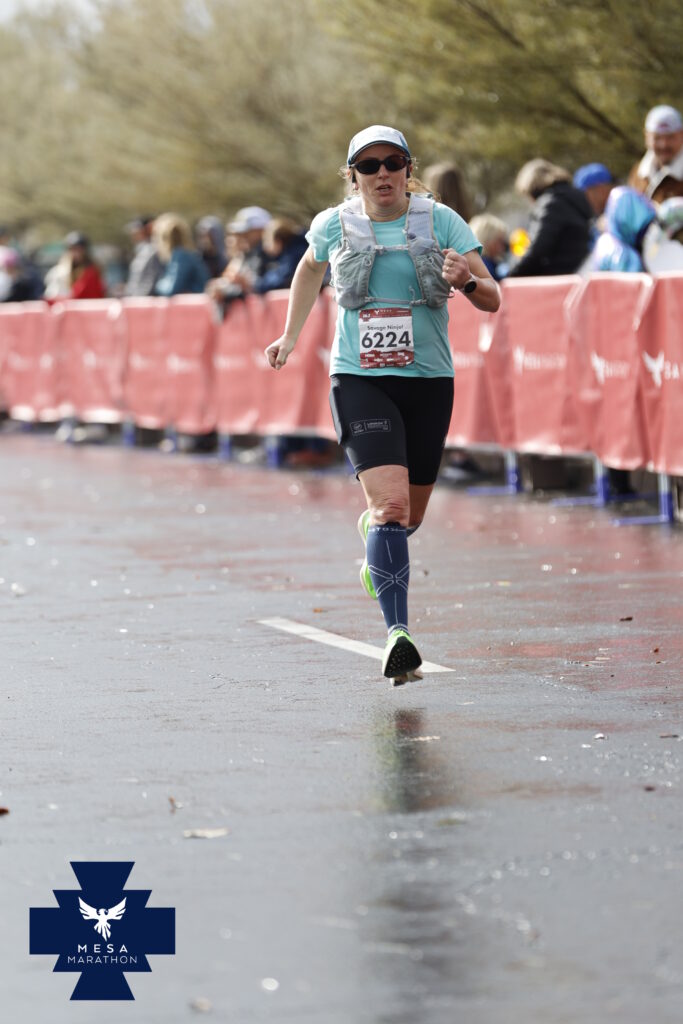
On Saturday, February 10th, I completed my 17th marathon in 4:02:57 with a big kick and smile at the finish line.
I am very lucky when it comes to having good running weather, but on Saturday, the rain came down steadily for about three hours out of the four hours that I was running the marathon with zero stops for fear that I wouldn’t want to keep going.
My mantra during the entire race was to keep going and never stop, which I accomplished and felt good the entire time, but not as speedy as in other marathons. Yet, the farther I ran, the less interested I was in quitting, which reminded me of our teachers back in Romania, who used to repeat this phrase to us whenever they sensed that we were about to quit:
“You better keep going and not drown right when you’re about to reach the shore.”
As a child, I despised this expression, but as an adult, I appreciate it and practice it with my family, in my business, and in all the sports I do.
Why do I value this so much?
The answer is simple: “We don’t always see the shore, which is why we have to keep swimming, running, or whatever we’re doing.
A Short Course Analysis
My friend Youa absolutely loves this course, which is part of the Mesa-Phoenix Revel downhill course and is considered fast. She keeps hitting a PR every year that she runs this course, but she still needs to hit or break 3:30. Inspired by her and other runners, I signed up to run this marathon hoping to break 3:28:48, which is my PR at Mt. Charleston marathon, the fastest course I have ever run followed by Big Bear in Southern California.
Being a strong downhill runner, I figured that the PR could happen, even though I had a two-month training setback at the beginning of my marathon build-up due to my peroneal injury. However, January was a strong training month, so I was becoming even more hopeful until I got to run the course, and my inner monologue changed.
The start was delayed by 30 minutes, which meant standing in the rain and getting our shoes and clothes wet. After about 20 minutes into the delay, runners were allowed to start after about 20 minutes. I was still in the bathroom, so when I came out, I jumped to the start and started running with joy while trying not to run too fast my first mile. I only hit 7:59 pace in that first mile, after which I dropped in the low 8s.
The course was not crowded at all, which I liked. The course is supposed to be very fast in the beginning, after which there are two hilly miles from miles 5 to 7. During the course preview, we were promised all fast downhill after mile 7 till about 17, but I kept waiting for those downhills to appear and felt like Waiting for Godot, as all I got was a slight downhill and mainly flat course, which didn’t feel that fast to me.
I decided to settle at an easy pace and to take in all the spectators. To my great delight, I saw a family who held up signs written in Romanian just as I was thinking of my dear father who smiled and cried with joy through the raindrops that day.
I ran towards them and greeted them in Romanian, which made them cheer loudly for me. How awesome was that?
As I kept running in the cold rain, I tried to take in the scenery, but there was a long stretch of an industrial-type neighborhood – more than five miles, so I didn’t think the course was beautiful other than in the beginning with the saguaros dotting the road and looking eerie in the morning darkness. I always do better when the course is pretty like the London Marathon, which I consider the most beautiful marathon I have done so far with Big Sur following.
I didn’t know if it was me not feeling those downhills but at the end of the race, my good friend Tiffany Stratton Moreno and I found out from different runners that they also didn’t feel those fast downhills that were supposed to make this course speedy. Tiffany encouraged me to write a detailed race recap, as runners tend to perceive the course sometimes based on their PRs and not the true topography of the course.
Things that went well
My nutrition on the course was right on point. For this marathon, I followed the advice of many elite runners and took a Huma gel every 3 miles, which worked out very well, as I never hit the wall, but I also didn’t settle in my high 7s paces for whatever reason. It could have been running through the rain for so long, or simply not my day.
With the sparse scenery, I focused on the few but wonderful spectators, who were out there standing and cheering for us in the rain.
Every time, I shouted: “Like a savage,” they cheered loudly and laughed.
The fun interaction with the spectators kept me going – soaked with raindrops and the thrill of running another marathon – feeling good and even happy to welcome some fatigue but no real pain in my body due to my good training, a mixture of my own and coach Paul Carmona. I purchased his downhill advanced plan, which was very good and helped me run strong, although I will revert to my training plan next time and run a marathon six to seven weeks before running the marathon that I wish to PR.
Why? You might ask?
Because I am an advanced runner, know my body and all my three fastest marathons from 3:28 to 3:33 came six to seven weeks after I ran an easy marathon, except my first 3:30 Mountains to Beach marathon, which happened after I ran my first 50-mile race seven weeks prior. The marathon felt like a breeze!
Back to the Mesa-Phoenix marathon
As I ran in the rain that came down relentlessly and only stopped in the last mile of the marathon, I looked forward to inching closer to the finish line so that I could change clothes and celebrate another marathon.
The finish line of the marathon was slightly downhill, which helped me finish with my characteristic savage ninja kick and run at a 7:45 pace coming through the chute while shouting “like a savage.”
The spectators were having a blast and cheered me on as if I had won the marathon.
The marathon ended at Riverview Park, which is a large open space park with water features, playgrounds, and a stage, where they played music for us.
As soon as I crossed the finish line, my wonderful friend and Arete teammate Youa Xiong called me and we met up. To my great joy, she told me that she PRed for the fifth year in a row in this marathon, but due to the heavy rain we had, she didn’t hit 3:30 or faster, as she had hoped. She ran it in 3:33, which was so close.
“You seriously did amazing,” I told her while having someone take our picture.
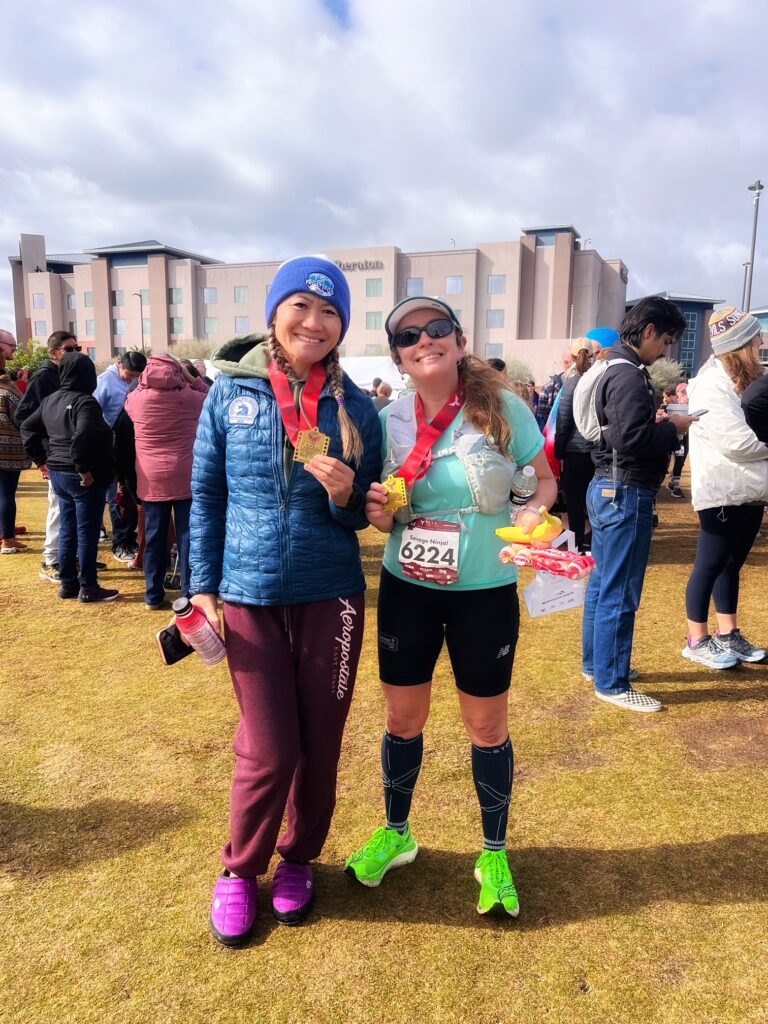
My celebrations continued with my friend and wonderful roommate Tiffany. We even went on a short hike to see the Hole in the Rock by the Zoo, which was beautiful. My husband joked with me that apparently, I didn’t run hard enough if I was in the mood for hiking.
“It was just a short hike to get some blood flow into our legs,” I told Catalin, knowing that he liked to tease me.
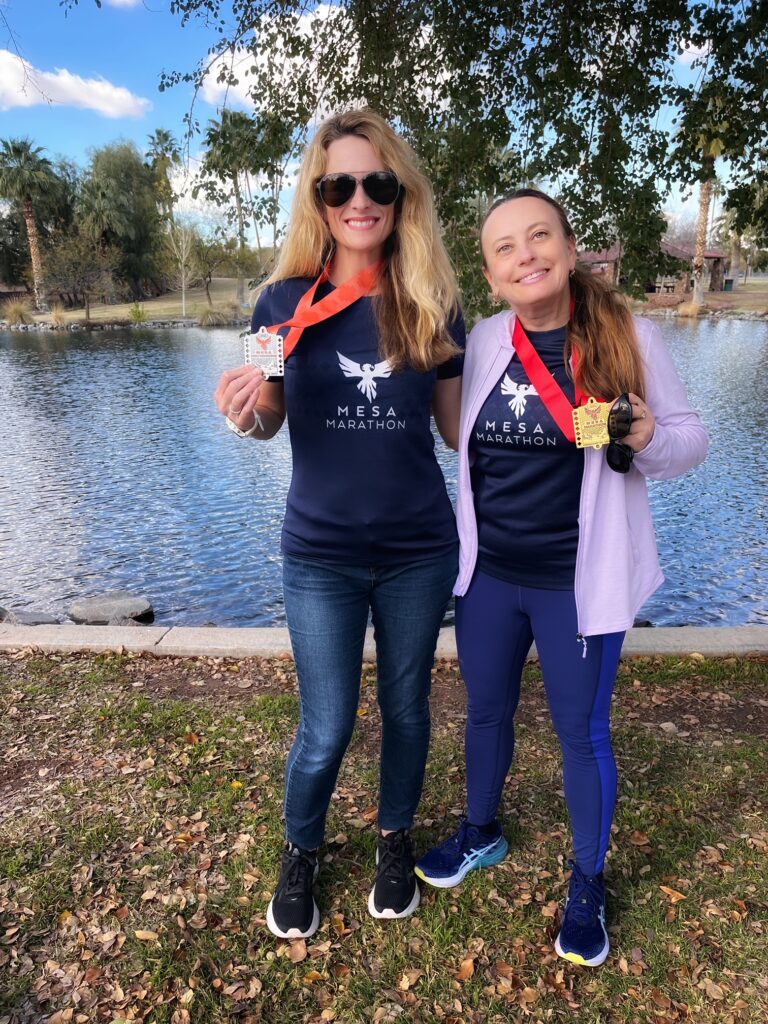
This marathon is still in the top 10 of fast marathons to run and it can be a good course on not such a rainy day.
A million thanks to the organizers of this Revel race for doing their best to make it a positive experience.
And when in doubt, remember that you’ve come so far, and quitting will feel like drowning by the shore, as my teachers back in Romania used to tell us. Let’s persevere!
Whether you’re interested in running or real estate, Running for Real Estate is a great place to learn more! Questions? Call 916–342–2446.
For more inspiration on how to let “AIR,” which stands for adaptation, inspiration, and resilience guide you, please consider buying my print edition or e-book The PR- The Poetics of Running, A Book of Poetry in Motion and Morsels of Love, A Book of Poetry and Short Forms on Amazon, or any other of my books.
For more info on running and real estate, whether buying or selling, please e-mail me at carmenmicsa@yahoo.com, or call me at 916–342–2446.
Also, mention this blog and receive a great offer whether buying (credit for closing costs) or selling (commission discount).
And if you like podcasts, please listen and subscribe to my Seeds of Sunshine, a mother/daughter podcast for more info on sports, fitness, and real estate.
Running for real estate with joy!

